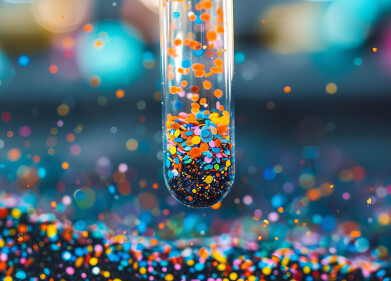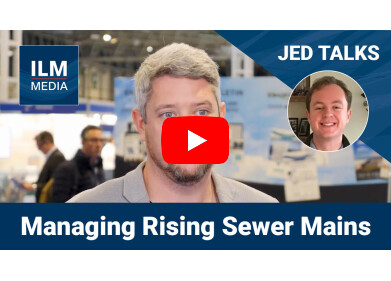Water Pollution Monitoring
Can Mussels Monitor Pollution?
Nov 16 2017
Wild blue mussels have long been renowned among the scientific community for their ability to successfully and efficiently filter pollutants from the water and store them in their tissues. In fact, the mussels are so adept at this process that researchers are able to monitor levels of metallic and organic pollution in the surrounding seawater with relative accuracy, just by analysing the mussels themselves.
But while this tiny shellfish is excellent at its job, finding blue mussels in large enough quantities to draw meaningful conclusions has often been a challenge. Recently, researchers from Norway have experimented with placing caged mussels in a polluted environment and assessing whether they are as efficient at harvesting the contaminants as their naturalised counterparts. The results were interesting.
Nature knows best
At a time when science and technology have advanced to such a point where we can measure silicate levels in water using increasingly sensitive methods and even regulate water temperature with incredible accuracy, sometimes the natural methods are still the best.
The blue mussel’s habitat is generally in intertidal areas, where it uses the ebb and flow of the currents to pump seawater over its gills, which are covered in tiny hair-like projections. By doing so, the mussel can extract phytoplankton from the water to consume as food, but at the same time it also filters out various kinds of pollutants, as well. These are stored in its tissues and can be analysed by scientists to determine pollution levels in the water.
A place like the Kristiansand harbour in southern Norway is perfect for using mussels to monitor the pollution levels. Downstream from a metal industrial factory, the area is known to have high levels of heavy metals such as cobalt, copper and nickel, as well as other pollutants such as hexachlorobenzene (HCB), polycyclic aromatic hydrocarbons (PAHs) and polychlorinated biphenyls (PCBs).
Caged mussels as effective as wild ones?
Using 2,000 blue mussels farmed at a nearby fishery in Lillesand, the researchers placed half of them in the bay at Kristiansand and the other half further out to sea at Svensholmen. They then monitored the amount of both metallic and organic compounds in the mussels at regular intervals, to see how long it would take them to reach the same levels of saturation at the mussels which were living in their natural habitat.
“After only one month, metal concentrations in the farmed mussels were at the same levels as in the natural population at Svensholmen,” explained Merethe Schøyen, the researcher in charge of the experiment. “However, accumulation of the organic compounds was slower. After six months, the levels of PAHs and PCBs were still higher in the natural population than in the caged mussels.”
Although six months is far too long a deployment period to be of value in environmental monitoring, Schøyen believes it may be possible to use data from a shorter exposure period in conjunction with sophisticated toxicokinetic modelling software to project how pollution levels in the water. This approach would achieve the best of both worlds; they could gauge the number of pollutants in the water without having to search for and disrupt natural specimens, but also wouldn’t have to wait months on the end to unearth tangible results.
The next step is to use Schøyen’s research to develop a national standard for the use of blue mussels as a barometer of contamination in seawater. Schøyen and his team are currently working on such a standard.
Digital Edition
AET 28.4 Oct/Nov 2024
November 2024
Gas Detection - Go from lagging to leading: why investment in gas detection makes sense Air Monitoring - Swirl and vortex meters will aid green hydrogen production - Beyond the Stack: Emi...
View all digital editions
Events
Jan 20 2025 San Diego, CA, USA
Carrefour des Gestions Locales de L'eau
Jan 22 2025 Rennes, France
Safety, Health & Wellbeing LIVE
Jan 22 2025 Manchester, UK
Jan 25 2025 San Diego, CA, USA
Jan 29 2025 Tokyo, Japan




-min.jpg)














